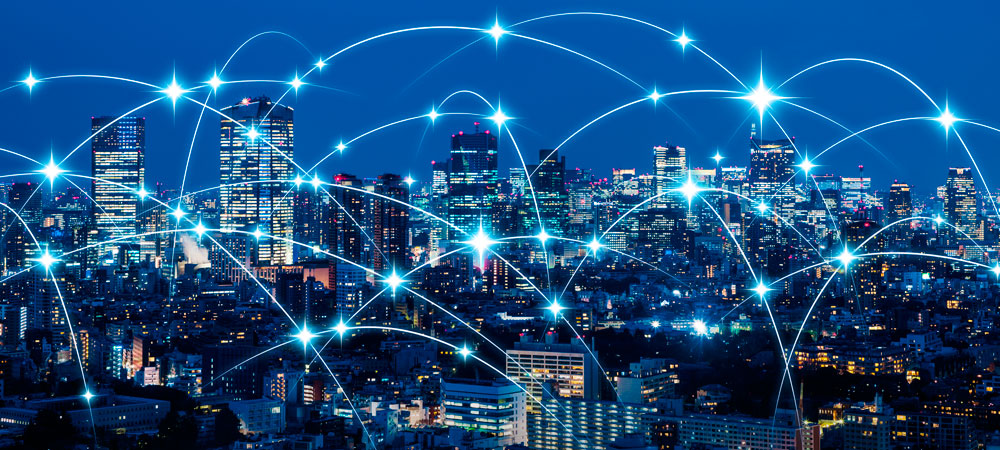Table of contents
IoT technologies and solutions must contribute to create value in different ways for cities and their interest groups. And "value" has a wide range of meanings for citizens, city authorities, local businesses or community groups, such as:
- A City that is better in terms of liveability, security, safety, housing, comfort, care, accessibility, compactness, openness, health, affection, cleanliness, simplicity, etc.
- A City that is socially and economically stimulating, dense, vibrant, dynamic, cultural, technological, entertaining, educational, rich both naturally and historically, etc.
- A City that is socially and environmentally responsible, sustainable, circular, resilient, inclusive, solidary, etc.
In short, a successful city is a great place for living, studying, working, visiting or getting older. Even if IoT Technologies contribution varies on different levels (municipality, urban, citizenship) or domains (security, social, mobility, environment…) there are some broad areas where they have a differential impact over other technologies: citizen empowerment, public services orchestration and inter-city, public services interoperability.
The emergence of new interaction methods among citizens (and their wearables), urban systems and city services provides new opportunities for citizen engagement and participation in better services; ranging from passive roles, such as transparency & monitoring (e.g., air quality, transport utilisation), to more active ones, such as data provision (as mobility data) or even public service provision (social services, car sharing…).
Simultaneously, the connection of urban infrastructures and devices has the potential for cities to completely overhaul their operation and management. Gradually, IoT technologies will facilitate the high integration of different city services and urban systems, fixed or mobile, into efficient networks. This will make city information and knowledge easier to orchestrate, even in real time, contributing to the excellence of public services and their sustainability.
Also, the expansion of cities into metropolitan areas and regions should broaden traditional views and the design of city services and urban systems beyond the administrative urban space. People (citizens, workers, visitors) travel, commute and use public services in different administrative urban spaces, wishing for seamless access and a plug-and-play basis for these public services.
Research priorities in IoT for smart cities need to target the development of capabilities in each layer. We need to advance towards the paradigm of an empowered society, with an orchestrated urban system of systems and the seamlessly access of public services by users independently of their home city:
Business
- Requirements: registered as well as unregistered users and devices Full support for autonomous systems, cross-domain interoperability of information and knowledge, inter-city interoperability of public services.
- Iot research priorities: distributed trusted identity management, semantic interoperability (data, processes, functions), real-time processing, seamless integration of new devices and systems, even unregistered ones, embedded, high-precision location.
Data
- Requirements: privacy and data protection, data openness, data integrity
- Iot research priorities: data privacy technologies, data interoperability, anonymization techniques,
automated data discovery
Computing & platform
- Requirements: performing of autonomous decisions (e.g., drones), explotation of collective intelligence of systems
- Iot research priorities: analytics and IA in the edge and in the cloud for cooperative systems
Communication & network
- Requirements: continuous operation, ad-hoc connectivity, underground comms, support for autonomous systems
- Iot research priorities: wireless, low-power, short-range and wide-range technologies, low-latency, high speed communications
Devices
- Requirements: recyclable and last for life, wireless power or energy scavenging, Upgradeable, reconfigurable, universal, multipurpose
- Iot research priorities: from dedicated systems to multi-functional, platform-type systems (third party, downloaded apps in the device, for instance), end-user programmable, software defined behaviour, natural language processing, virtualized, multi operating systems, energy-efficient processors.
Successful future smart city IoT technologies and infrastructures should address these requirements at the different IoT layers.

